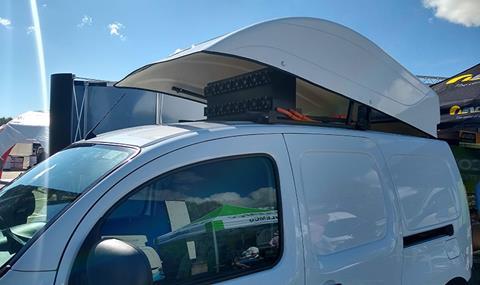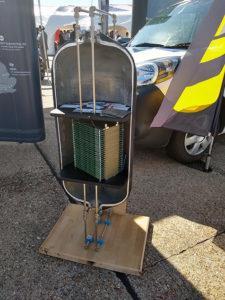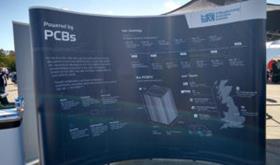
Revolve Technologies has developed a novel way to use printed circuit boards (PCB) to make a fuel cell, which it showcased at last week’s Cenex-LCV event at Millbrook Proving Ground.
The company said it is the first time a PCB-based fuel cell has been developed for use in a vehicle.

Compared with conventional systems, the PCB fuel cell stack is said to be significantly cheaper to manufacture, and lighter to use on a vehicle.
A Renault Kangoo ZE van with a PCB fuel cell range extender was displayed at the Cenex event.
With the PCB fuel cell fitted, an additional range of around 80 miles is expected with 1.7kg of hydrogen on board. This can be extended further by fitting additional hydrogen storage capacity.
On the demonstration model, the fuel cell - along with the control system and electronics - is integrated on the vehicle roof under a covered enclosure. The hydrogen storage tank is currently in the loading bay, although Revolve said a future development could see the tank relocated to the roof.
While the demonstration was shown on a Renault Kangoo, the fuel cell range extender module is designed as an aftermarket kit for all commercial pure EVs. The technology can also be adopted by OEMs in other pure EV segments.
The PCB fuel cell vehicle integration project is part of an Innovate UK funded project, which has taken just over a year to bring to complete.

“This project met all our expectations”, said Paul Turner, engineering director at Revolve Technologies. “We were delighted to be able to show this exciting outcome at the LCV Show, and we received a very enthusiastic reception.”














